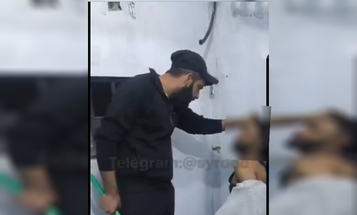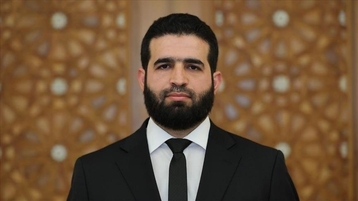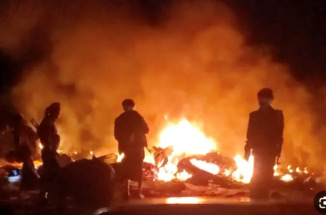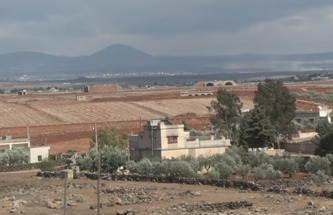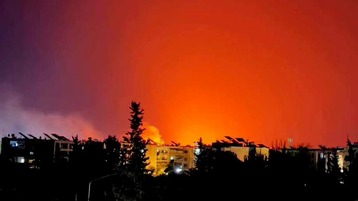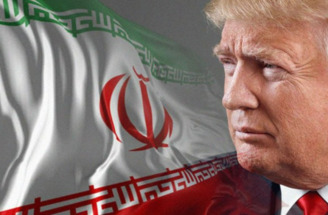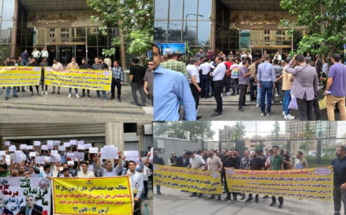-
Iran imposes curbs on UN nuclear inspections: State TV
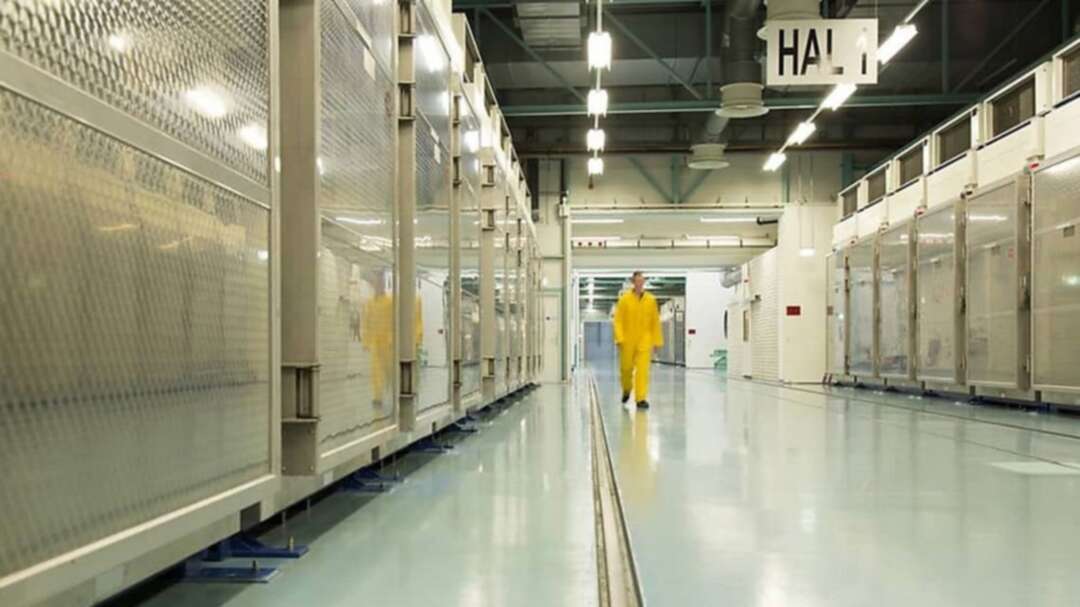
Iran officially has begun restricting international inspections of its nuclear facilities, state TV reported Tuesday, a bid to pressure European countries and US President Joe Biden’s administration to lift crippling economic sanctions and restore the 2015 nuclear deal. UN nuclear
The state TV report gave little detail beyond confirming that Iran had made good on its threat to reduce cooperation with International Atomic Energy Agency inspectors.
“The law has gone into effect from this morning,” said Iranian Foreign Minister Mohammad Javad Zarif, reiterating that Iran would no longer share surveillance footage of its nuclear facilities on a daily and weekly basis as in the past. “We had informed the IAEA about implementation of the law.”
The Atomic Energy Organization of Iran, Tehran’s civilian nuclear agency, has promised to keep the footage for three months, then hand it over to the IAEA — but only if granted sanctions relief.
Iran announced its plans to cease implementation of the so-called “Additional Protocol,” a confidential agreement between Tehran and the IAEA reached as part of the landmark nuclear accord. The agreement grants the UN inspectors enhanced powers to visit nuclear facilities and watch Iran’s program.
Nearly three years ago, former US President Donald Trump unilaterally withdrew America from the nuclear accord and reimposed sanctions on Iran that have squeezed its economy.
To create leverage over Washington, Iran has announced gradual breaches of the 2015 agreement over recent weeks. The country has started enriching uranium up to 20 percent purity, a technical step away from weapons-grade levels, as well as spinning advanced centrifuges and producing uranium metal.
In a show of defiance, Cabinet spokesman Ali Rabiei outlined further developments in Iran’s nuclear program on Tuesday. Over the last three weeks, he told reporters, Iran has installed an additional 148 high-tech IR2-m centrifuges at its Natanz nuclear enrichment facility and its fortified nuclear complex at Fordo, bringing the total number of centrifuges to up to 492.
Another set of 492 centrifuges will be installed in the coming month, he said.
He added that Iran has installed two cascades of even more advanced centrifuges at its nuclear enrichment facilities, but did not specify where.
On Monday, Supreme Leader Ayatollah Ali Khamenei also signaled Iran would refuse to capitulate to US pressure over its nuclear program. Khamenei said that Iran could enrich uranium up to 60 percent purity if necessary, but reiterated the country forbids nuclear weapons. Tehran has long insisted that its nuclear program is for peaceful purposes, such as power generation and medical research.
Tuesday’s escalation followed IAEA Director-General Rafael Grossi’s emergency weekend trip to Tehran to negotiate the inspection restrictions. As part of a temporary deal, Grossi said the agency would maintain the same number of inspectors on the ground.
But Iran’s curbs would affect inspectors’ ability to conduct so-called “snap” inspections of nuclear sites, Grossi said. Iran blocking access to IAEA cameras also means the agency can’t monitor Iranian actions when those inspectors aren’t physically at a site. UN nuclear
source: The Associated Press
Image source: AFP
You May Also Like
Popular Posts
Caricature
BENEFIT Sponsors BuildHer...
- April 23, 2025
BENEFIT, the Kingdom’s innovator and leading company in Fintech and electronic financial transactions service, has sponsored the BuildHer CityHack 2025 Hackathon, a two-day event spearheaded by the College of Engineering and Technology at the Royal University for Women (RUW).
Aimed at secondary school students, the event brought together a distinguished group of academic professionals and technology experts to mentor and inspire young participants.
More than 100 high school students from across the Kingdom of Bahrain took part in the hackathon, which featured an intensive programme of training workshops and hands-on sessions. These activities were tailored to enhance participants’ critical thinking, collaborative problem-solving, and team-building capabilities, while also encouraging the development of practical and sustainable solutions to contemporary challenges using modern technological tools.
BENEFIT’s Chief Executive Mr. Abdulwahed AlJanahi, commented: “Our support for this educational hackathon reflects our long-term strategic vision to nurture the talents of emerging national youth and empower the next generation of accomplished female leaders in technology. By fostering creativity and innovation, we aim to contribute meaningfully to Bahrain’s comprehensive development goals and align with the aspirations outlined in the Kingdom’s Vision 2030—an ambition in which BENEFIT plays a central role.”
Professor Riyadh Yousif Hamzah, President of the Royal University for Women, commented: “This initiative reflects our commitment to advancing women in STEM fields. We're cultivating a generation of creative, solution-driven female leaders who will drive national development. Our partnership with BENEFIT exemplifies the powerful synergy between academia and private sector in supporting educational innovation.”
Hanan Abdulla Hasan, Senior Manager, PR & Communication at BENEFIT, said: “We are honoured to collaborate with RUW in supporting this remarkable technology-focused event. It highlights our commitment to social responsibility, and our ongoing efforts to enhance the digital and innovation capabilities of young Bahraini women and foster their ability to harness technological tools in the service of a smarter, more sustainable future.”
For his part, Dr. Humam ElAgha, Acting Dean of the College of Engineering and Technology at the University, said: “BuildHer CityHack 2025 embodies our hands-on approach to education. By tackling real-world problems through creative thinking and sustainable solutions, we're preparing women to thrive in the knowledge economy – a cornerstone of the University's vision.”
opinion
Report
ads
Newsletter
Subscribe to our mailing list to get the new updates!


